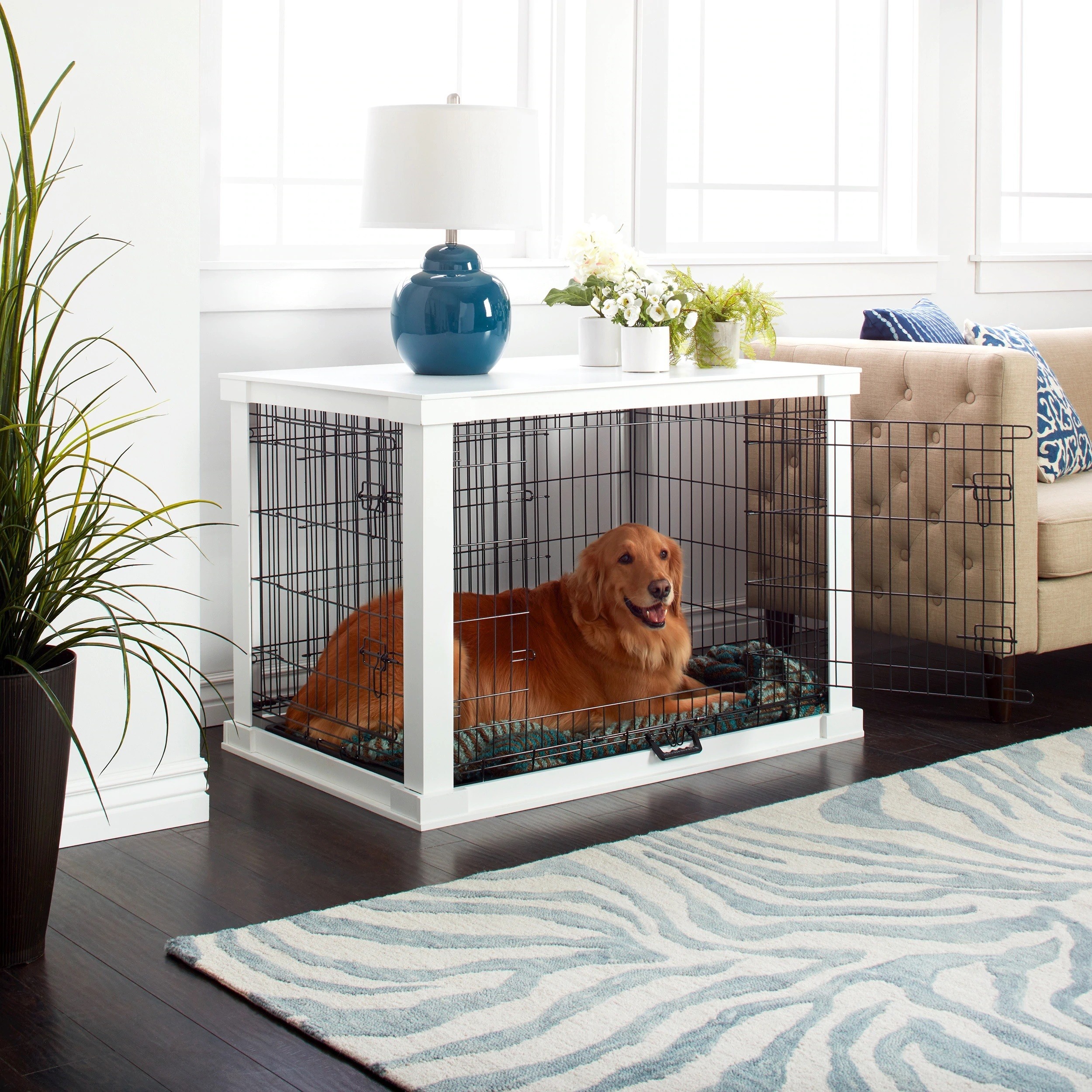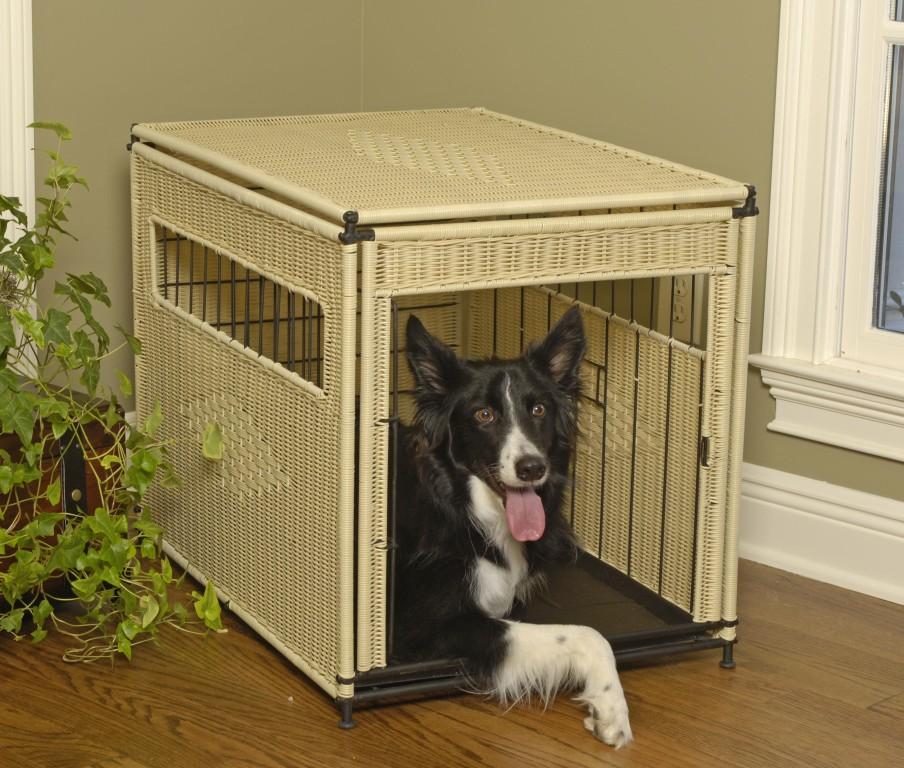Crate training provides dogs a secure, den-like sanctuary. However, some dogs develop distress when confined to their crate. Excessive barking, howling, panting, attempts to escape, and other anxious behaviors signal crate anxiety. Thankfully, several techniques can help minimize your dog’s anxiety surrounding their crate.
Signs of Crate Anxiety in Dogs
Watch for these indicators of anxiety when your dog is crated:
- Pacing, circling, or restlessness inside crate
- Trembling, panting, or heavy drooling
- Barking, whining, or howling nonstop
- Paw shaking and nail scratching at crate door
- Biting or chewing on crate bars
- Digging, urination, and defecation accidents
- Escaping or injuring themselves trying to escape
- Depressed behaviors after being crated
While most dogs accept crates with positive training, those with separation anxiety or confinement phobias resist being enclosed. Time, patience, and counterconditioning methods can improve their outlook.

Why Dogs Develop Crate Anxiety
Reasons dogs become anxious around crates include:
- Associating crates with loneliness from overly long absences
- Under-exercised and venting excess energy
- Naturally protective of territory and possessive of objects
- Traumatic past experiences like getting stuck or trapped
- Changes in routine or environments causing insecurity
- Lack of proper introduction and positive reinforcement around the crate
- Insufficient den-like comforts added to the crate
Puppies naturally den as security. With maturity dogs gain confidence to resist confinement. Understanding your dog’s unique sensitivities helps re-shape their attitudes through desensitization.
Tips to Reduce Dog Crate Anxiety
Try these methods to make your dog more comfortable and relaxed in their crate:
Gradual Introduction
Accustom your dog to the crate slowly, using treats and praise to build positive associations. Start with brief sessions and gradually increase duration.
Exercise First
Ensure your dog is well-exercised before crating to vent energy and reinforce it as a place for resting.
Enrich the Crate
Add soft bedding, toys, and your worn t-shirt so the crate mimics a den.
Use Calming Aids
Try adaptil pheromone spray, calming treats, or music to reduce stress.
Keep Crate Closeby
Having the crate in your bedroom or nearby helps dogs feel less isolated.
Avoid Too Much Time Crating
Balance crating with play, training, and bonding interactions to prevent it becoming a negative experience.
Patience coupled with counterconditioning reduces most dogs’ resistance to crating with time. But if severe anxiety persists, seek guidance from a certified trainer or veterinary behaviorist.

Crate Anxiety Prevention Tips
Starting crate training on the right paw prevents many dogs from developing anxiety later on:
- Introduce the crate during calm, positive times not when dog is already stressed.
- Toss high-value treats and toys inside so they enter willingly. Reward calm behavior inside frequently.
- Keep early sessions very brief – just meals, naps, or dog-safe chew time.
- Practice basics like “crate” and “kennel up” to teach it as a trained behavior.
- Ensure the crate is just snug enough for comfort – too large amplifies anxiety.
- Make it a safe haven, never punishment. Never force or trap your dog inside.
- Keep crating low-key. Crating calmly prevents stress.
- Ensure sufficient exercise, play, training daily.
Proper acclimation makes most dogs accepting of their crate as their personal den space. But some may need extra help overcoming confinement concerns.
When to Seek Professional Help for Dog Crate Anxiety
Consult an experienced trainer or veterinary behaviorist if your dog exhibits:
- Ongoing signs of stress despite attempted conditioning
- Injuring themselves trying to escape
- Eliminating and vomiting from extreme distress
- Worsening anxiety or new aggressive reactions around the crate
- Excessive disorderly conduct when crated
Medications, pheromone therapy, counterconditioning protocols, or crate modifications may be advised in severe cases. Ignoring extreme crate anxiety allows it to become more entrenched.
Conclusion
While most dogs can be taught to happily accept crates, those prone to confinement stress require additional patience and training. Preventing the negative mindset toward crating from the outset stops anxiety before it starts. Identifying and addressing triggers, making the crate comfortingly den-like, and using calming aids reduces unwanted behaviors. With time and dedication, you can make the crate a sanctuary of security rather than stress for your canine companion.



